This Year’s College Grads Leaving in Record Debt
May 23, 2016 Leave a comment
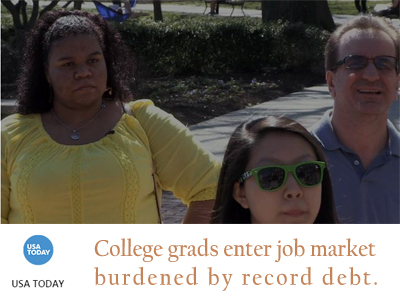 MILWAUKEE — (from USA TODAY) After four years at Marquette University here, Molly Mead is graduating Sunday with a bachelor’s degree in women and gender studies and history — and student loan debt totaling more than $28,000.
MILWAUKEE — (from USA TODAY) After four years at Marquette University here, Molly Mead is graduating Sunday with a bachelor’s degree in women and gender studies and history — and student loan debt totaling more than $28,000.
In the fall, she plans to attend the University of Texas at Austin, where she expects to borrow another $20,000 as she pursues a master’s in social work.
Her situation is not the least bit unusual.
“I knew coming to Marquette that I would be taking on quite a bit of debt,” Mead said. “I won’t be making that much money even with my master’s, so debt is something that’s concerning for me. … However, it’s somewhat of a relief to know a lot of my peers are going through the same thing.”
Students graduating from college this spring are entering the healthiest job market since the recession, according to the National Association of Colleges and Employers, an organization that tracks college hiring. It says U.S. employers expect to hire 5.2% more recent graduates this year than in 2015.
But graduates entering the job market are doing so with a record amount of debt, according to recent surveys.
Along with their new diplomas, this year’s graduates will leave campus with an average of $28,950 of student debt, according to the latest figures from The Institute for College Access & Success, an independent nonprofit research organization. The institute found that from 2004 to 2014 the share of graduates with debt rose modestly from 65% to 69%, but the average debt at graduation rose at more than twice the rate of inflation.
Other groups have produced different estimates. Cappex, a college selection website that generates its projections based on federal student-loan data and economic factors such as inflation, predicted the average debt for this year’s graduates at $37,173. This is up from $35,000 for 2015 graduates, and an increase of more than $15,000 in the past decade.
However, the group most likely to default on payments aren’t graduates buried in debt, but the students who borrowed then dropped out.
This group generally owes less than $9,000, according to the Education Department. But without the income boost that typically comes from a degree, dropouts represent a disproportionately high portion of defaulters.
Students leaving college — whether graduating or withdrawing — with federal student debt are required to participate in exit counseling, a process that helps borrowers make smart decisions about repaying their loans.
Tim Opgenorth, director of financial aid at University of Wisconsin-Milwaukee, said one of the best ways for students to manage debt after graduation is to make sure they’re keeping it under control during their undergraduate years.
“Hopefully, students have been borrowing responsibly,” Opgenorth said. “It’s important that they take out no more than they need to so they can pay it back in a timely matter.”
The debt situations facing three other Milwaukee-area students or recent grads play out countless times across the USA:
Vic Oliver
College: University of Wisconsin-Milwaukee
Annual tuition: $9,429 for in-state students
Current debt: $70,000
Despite having a job lined up, Vic Oliver worries that the new position lacks the security and salary she needs to shrink the $70,000 she owes in federal and private loans.
“The job is guaranteed, but security isn’t,” said Oliver, who will have a seasonal job as zoo education coordinator at the Menominee Park Zoo in Oshkosh, Wis. Oliver works seven months of the year and earns $13 an hour.
The job will last at least two years, she said, and in the off-season she plans to work as a waitress or bartender.
She is graduating Sunday with a bachelor’s degree in conservation and environmental science.
Oliver received numerous donations from friends and family to help pay her tuition during freshman year, so she needed a loan of just $6,000, she said. But without the same financial support in the following years, she had to take out bank loans to pay for tuition, books, housing and studying abroad.
Additionally, she borrowed $3,000 to $5,000 each year through the Free Application for Federal Student Aid, or FAFSA.
Today, she’s accumulated debt that she estimates will take 15 years to pay off.
“The way FAFSA is set up is really unfortunate because it puts a lot of people in a lot of debt, but that’s just the reality of how the system works,” she said. “And a lot of students are in a similar or worse condition.”
To combat mounting debt, Oliver has been working two campus jobs throughout college, one in the office of international education and the other as a peer mentor through university’s orientation program. She works 25 hours a week, the university maximum for students with campus jobs.
“I’m prepared,” Oliver said. “I’ve been saving and living a very frugal life.”
Kimberly Hadinata
College: Marquette University
Annual tuition: $38,000
Current debt: $51,000
With one year to go before graduation, Marquette junior Kimberly Hadinata already owes more than $50,000 and plans to borrow another $17,000 to help pay for her senior year.
“I worry about paying it off in time before it keeps adding up,” she said. “I want to have good credit so that I can live on my own, but I know realistically I probably will have to live with my parents after graduation.”
Hadinata says she has maxed out all federal loans the private Catholic university offers and has taken out additional loans with a bank in her home state of New Jersey.
After graduating from Marquette in May 2017, she hopes to attend law school, which will mean even more debt.
“The process of applying for loans can be annoying,” Hadinata said. “It feels like it’s not a mutual agreement. Students are slapped with a payment plan that we really have no choice but to accept if we want to continue pursuing a college education.”
Tatiana Zaldua
College: Milwaukee Area Technical College
Tuition: $160 per credit for health classes; full time, $2,080
Current debt: $6,500
Tatiana Zaldua has been pursuing a college degree on and off for seven years, but she estimates she will be able to pay off all of her debt within three months of graduation this month.
Zaldua, who graduated Friday from Milwaukee Area Technical College with an associate degree in cardiovascular technology, owes $6,500. In June, she will begin working as a cardiopulmonary technician at All Saints Hospital in Racine, Wis., making $24.95 an hour.
Zaldua will work alongside doctors, assisting with surgeries and helping fix hearts.
“It’s a good job,” Zaldua said. “I’m fairly confident I can have everything paid off by the end of the summer.”
Before attending the two-year public vocational-technical college, Zaldua was enrolled at Alverno College in Milwaukee, where she was studying to be a cardiac nurse. After one year in the program at the private four-year Catholic college, Zaldua left.
“Unfortunately, I got into a lot of debt,” she said. “At the beginning they tell you, ‘Don’t worry, we’ll give you financial aid.’ But after that, you realize that their scholarships are bigger because their tuition is more expensive.”
According to Zaldua, Alverno offered her an annual academic scholarship of $10,000; annual tuition that year, 2009-10, was around $27,000. It took her three years to pay off the loans she took out.
At Milwaukee Area Technical College, she was more cautious with her borrowing. She continued to work throughout the two years it took her to complete the cardiopulmonary technician program. Sometimes she went to school part time, sometimes full time, but she was always applying for grants and scholarships.
“I applied to every single one I could possibly find,” she said.
Zaldua plans to work at All Saints Hospital for at least a year before returning to school for her bachelor’s degree in cardiopulmonary sciences, which Zaldua said the hospital would help pay for.

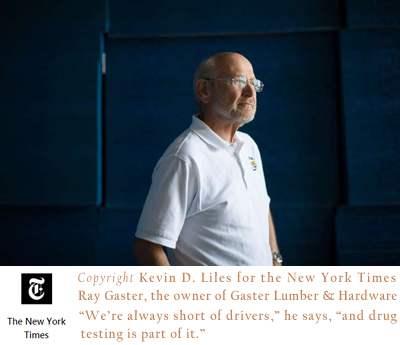
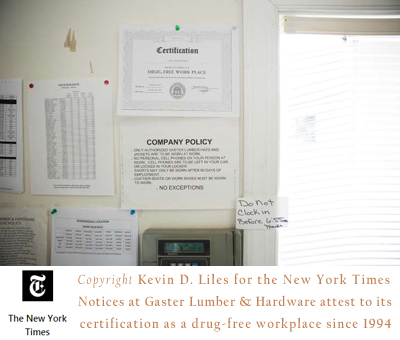

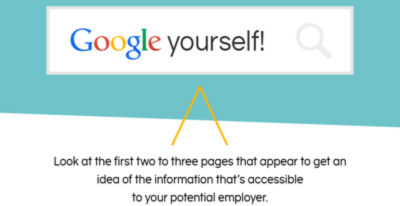
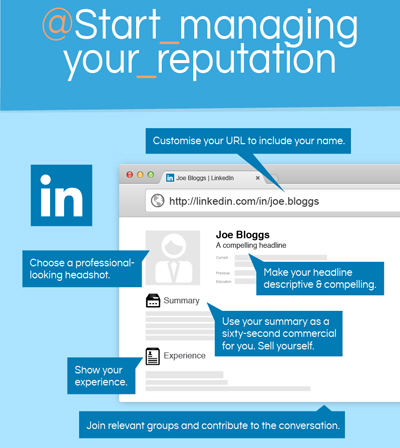
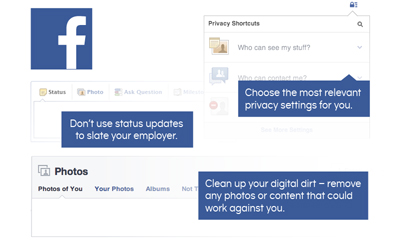
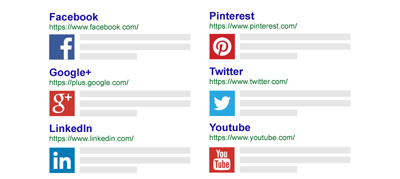
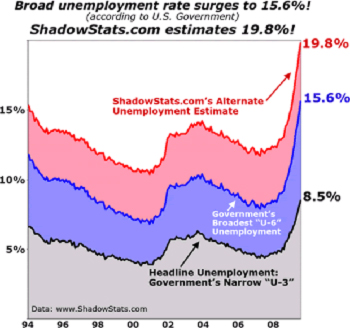
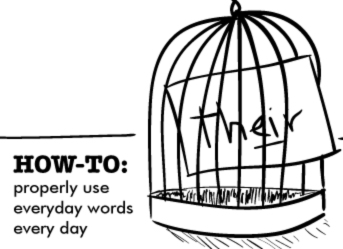
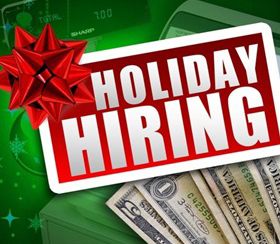
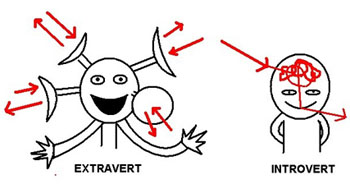
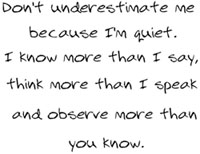
Please Share Us!